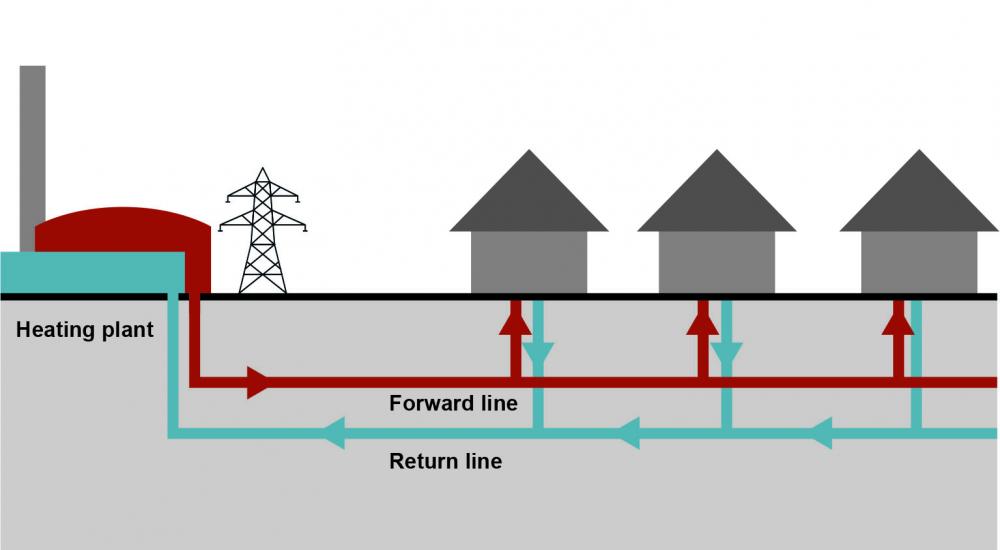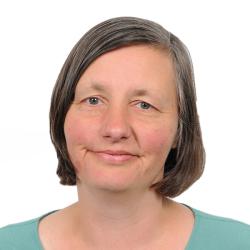Applying our water analysis knowledge to gas and district heating tools
Our tools to analyse gas and district heating and cooling networks have been proving very popular with utility providers in Italy. Originally developed for that market, the engines’ primary use is to create simulation models of flows and pressures around the networks. We talked to product manager and Italy Country Manager Alessandro (Alex) Gallina about their success, future development, and wider roll-out plans.
Q: Why did HR Wallingford develop gas and district heating tools, which on the surface appear to have little to do with water, its core business?
Alex: Italian utilities often run multiple services – water supply, waste water, gas, electricity, district heating, and even garbage collection. We have had relationships with these Italian utility companies for many years through being the channel partner of Innovyze - the leading software developer in the water industry.
Customers who were using our water network analysis tools (the InfoWorks family) for both water supply and urban drainage asked us whether it was possible to incorporate gas and district heating into the same interface. They really liked the interface and were keen to use this powerful technology to cover all the other network utilities they work with. We therefore developed the software and integrated it with the standard water supply interface (InfoWorks WS Pro). We started development 15 years ago, and have been refining the tool since thanks to the valuable feedback from our users.
Q: How is take-up of the tools in Italy?
Alex: The utility companies really like them, and we have had excellent take-up with Hera, Iren and A2A three of the largest companies using them. When we developed them, we tailored some special features to their specific requests.
Q: What makes our tools special?
Alex: One of the Italian companies’ requests was to incorporate critical incidents analysis in the gas software, enabling the companies to comply with Italian legislation. They use the tool to demonstrate that they can safely deliver gas in critical circumstances, for instance if a pipe breaks. As the software runs in batches, it can easily simulate what would happen for more than 10,000 different scenarios of pipe breakages and summarise all these results in a very simple way.
Q: What are the software’s main features?
Alex: For gas, the software can do a steady state analysis, which is a classic simulation of pressures and flows around the network. As well as analysis for critical incidents, as I just described, it can also analyse the impact of potential gas leakages, simulating the risk of explosion, and assessing how much flow would be released in the atmosphere. The tool can also run simulations to evaluate whether a gas network can accommodate extra demand, and how much.
The district heating and cooling tool can calculate the distribution of temperatures, pressures and flows in the distribution network, given a set of pipes and demand. It can analyse power and demand, examining whether customers have enough pressure for hot water to arrive at home. It can look at which customers are disadvantaged through not being provided with sufficient heating. This sometimes happens in Italy, as the demand in cities with district heating is much higher than expected when the networks were set up, so they are often undersized.
Q: What future plans are there for the tools?
Alex: In the future, we are planning to develop web-based, simple-to-use operational tools for all products, aimed at users who need a simple overview in real time of how a network is and will be performing, or who need to plan maintenance operations during the next few days. Users with more complex needs will still use the existing complete software solution.
For the gas network tool, we have almost finishing developing the web-based product, which will be unique in this market. It has already attracted a lot of attention from our clients in Italy.
We are also looking into the potential of our software in other markets outside of Italy, as we believe we have very powerful, competitively-priced tools that could be used elsewhere. We are starting by investigating the UK market, as that is where HR Wallingford headquarters are based.
To help us understand the UK district heating market we have recently joined the Association for Decentralised Energy (ADE), which has a district heating sub-group. We hope that collaborating with the ADE will help us to reach many companies all over the UK that will benefit from using this new technology. We want to push the boundaries of heat network modelling in the UK.

Want to know more?
